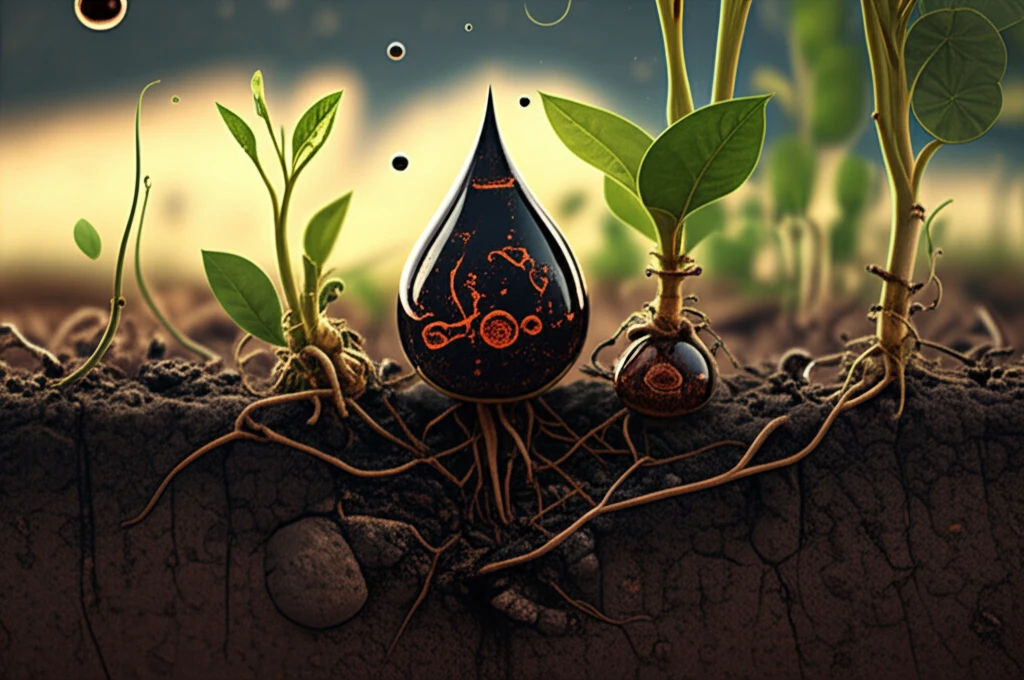
Heavy Oil Remediation: Can Microorganisms Clean Up Our Mess?
"Explore how bioremediation, using microorganisms, offers a promising solution to heavy oil pollution, offering a greener, cost-effective approach to environmental cleanup."
In an era where our dependence on petrochemical energy is undeniable, we must also confront the environmental consequences, particularly heavy oil pollution. The challenge lies in mitigating the risks posed by these pollutants, driving the search for effective remedial measures.
Bioremediation, a technology that harnesses the power of living organisms, especially microorganisms, has emerged as a promising solution. This approach offers a way to minimize the harmful effects of pollutants by leveraging natural biological processes. As bioremediation technology advances, it plays an increasingly crucial role in the degradation of heavy oil pollution, presenting a sustainable path toward environmental restoration.
This article delves into the innovative realm of bioremediation, spotlighting how microorganisms are employed to combat heavy oil contamination. We'll explore the mechanisms by which these tiny organisms break down complex hydrocarbons, turning pollutants into less harmful substances. Further, we will discuss the testing methods used to assess the effectiveness of this technology, highlighting its potential to revolutionize environmental cleanup efforts.
Why Microorganisms are Key to Degrading Heavy Oil

Traditional methods of managing heavy oil pollution, such as physical-chemical approaches involving excavation, landfill, and chemical treatments, often present drawbacks. These methods can be temporary, resource-intensive, and may introduce secondary pollution risks. In contrast, microbiological methods, including plant cultivation and the direct use of microorganisms, provide a more sustainable and effective alternative.
- Widespread Availability: Numerous microorganisms with the capacity to degrade oil are found in various environments.
- Rapid Reproduction: They possess a strong reproductive capacity, allowing for quick adaptation and response to pollution.
- High Adaptability: Microorganisms can adapt to diverse conditions, enhancing their effectiveness in different polluted environments.
- Faster Metabolism: They exhibit faster metabolic rates, accelerating the degradation process.
Embracing Bioremediation for a Cleaner Future
Bioremediation technology offers a promising path forward in addressing the complex challenges of heavy oil pollution. By harnessing the power of microorganisms, we can develop sustainable, cost-effective solutions that minimize environmental impact. As research continues to uncover new microbial capabilities and optimize bioremediation processes, we move closer to a cleaner, healthier future for our planet.
